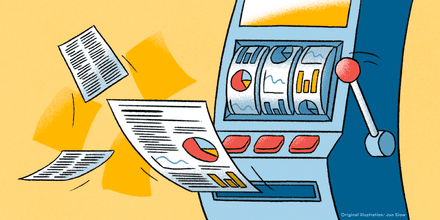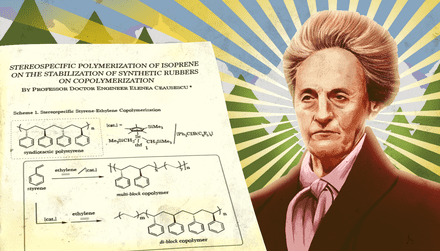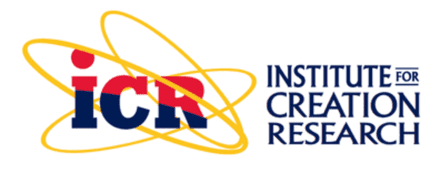
The rise of predatory journals is probably the only downside of the success of the Open Access publishing movement. Journals with misleading names and dubious scientific standards charge academic authors hundreds of dollars to publish a paper. Sometimes it’s hard to distinguish legit open access publishers from “predatory” ones. However, sometimes it’s easy like in this case we came across recently.
Predatory journals have become a widespread phenomenon and serious problem sparking even the interest of the New York Times recently.
Often it’s not clear how to recognize a predatory journal. In this case it’s easy.
For a long time, Jeffrey Beall, librarian and associate professor at University of Colorado, Denver, collected everything you needed to know about the topic on his blog. Apparently, you make some enemies if you call some publishers “predatory”, so his blog has disappeared some time ago. Of course, the internet does not forget, so you can still find his list online here or here.
Often it’s not clear how to recognize a predatory journal. Jeffrey Beall has made a checklist of about 60 characteristics of predatory journals and also others have devised criterias for what makes publishers predatory.
We want to add two criteria to recognize predatory journals:
- Google Chrome labels the site “dangerous” and shows you a red screen saying “Deceptive site ahead [it] may trick you into doing something dangerous”
- There is a big banner saying “We accept Visa and Mastercard”

If you see something like that, we would recommend submitting your manuscript to another journal, or as Chrome puts it: “Back to safety”.
Also here at Paperpile this journal has caused us severe headache recently. We received a takedown notice from Google for our Chrome extension in the Webstore. It turned out Paperpile can import the data from this journal and the source code of our Chrome extension included the dangerous URL. Several people in our team had to spend almost two days figuring out what the problem was.
So yes, predatory journals are a problem. We take measures to avoid them in the future and so should you.


